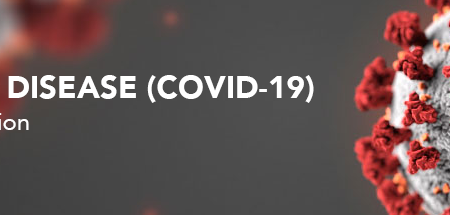Key Points of March 2016 CME
It isn’t Funny when your Eyes and Nose are Runny
Key Points of March 2016 CME
“It isn’t funny when your eyes and nose are runny” was presented by Dr. Kristin Dillard, Baylor College of Medicine and Texas Children’s Hospital Section of Allergy and Immunology and Dr. Honey Herce, Baylor College of Medicine and Texas Children’s Hospital Department of Ophthalmology.
The live CME activity on March 3, 2016 was simulcast to several Texas Children’s Hospital locations across the Houston area.
Key points from the Update on the Management of Allergic Rhinitis include:
- Allergic Rhinitis affects up to 40% of children in the United States.
- Risk Factors for Allergic Rhinitis include family history of atopy, serum IgE greater than 100 prior to the age of 6, and higher socioeconomic class.
- Patients with perennial allergies may require medications year round. Patients with seasonal allergies should start medications a week or so prior to the seasonal pollen increase as it is more difficult to control symptoms once they start.
- Intranasal corticosteroids (e.g. fluticasone) are the most effective monotherapy for Allergic Rhinitis.
- Allergy Skin Testing is the Preferred Method of testing due to increased specificity and to allow guidance for immunotherapy or specific allergen avoidance but must be performed by an allergist.
- In Vitro Testing or immunoassay can be useful in patients where skin testing is not possible but is less sensitive and can be difficult to interpret.
- Referral to an allergist should be considered when frontline medications are not relieving symptoms or cause side effects, there is a desire to identify the offending allergen, or if there is a desire for immunotherapy.
Key points from the Update on the Management of Allergic conjunctivitis
- Allergic eye disease is one of the most common forms of conjunctivitis and accounts for approximately 3% of medical consultations in general practice.
- Signs and symptoms of allergic conjunctivitis include ocular itching, redness, and watery discharge.
- Examination of the conjunctival surface can be achieved by placing a cotton tipped swab above the eyelid, having the patient look down, gently pulling down the upper eyelid while placing pressure on the upper eyelid with the swab and lifting the upper eyelid over the cotton swab.
- Key factors to distinguish allergic conjunctivitis from infectious includes, pruritus, exposure to allergens, watery discharge, and the presence of papillae (flattened nodules with central vascular cores associated with an allergic immune response).
- Mild seasonal/perennial allergic conjunctivitis can be treated with over the counter antihistamine/vasoconstrictor agents (naphazoline/pheniramine) for up to 7 days.
- Recurrent or persistent allergic conjunctivitis can be treated with mast cell stabilizers such as ketotifen.
- Intranasal fluticasone has also been shown to be effective in reducing ocular symptoms associated with allergic rhinitis.








Leave a Reply
You must be logged in to post a comment.